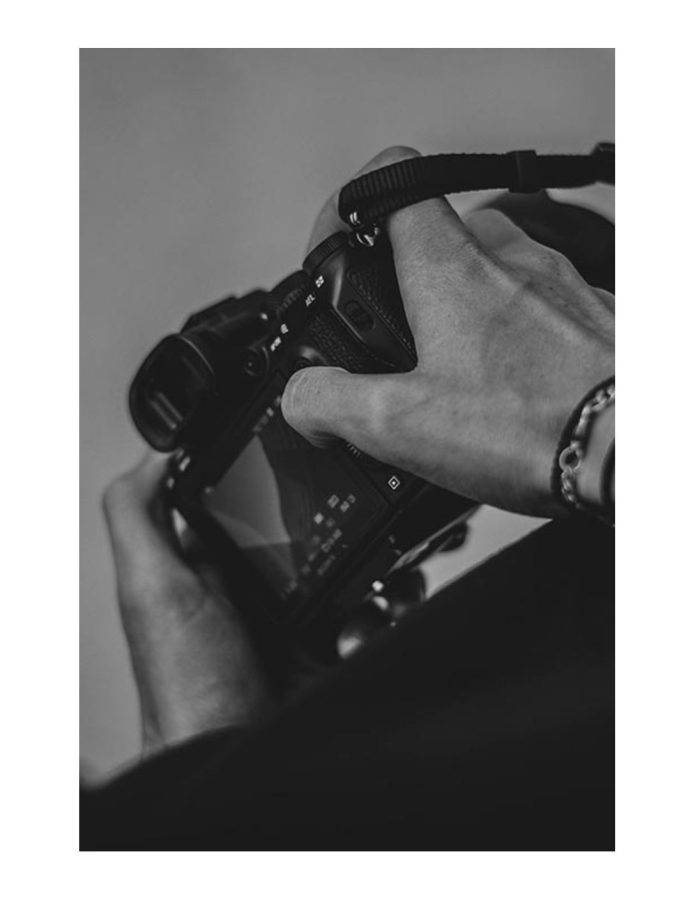The Ethics of Photojournalism
March 17, 2023
The use of photojournalism is so prevalent in our society that we don’t usually think twice about an image when we see it in the media. These images can transport us to places we’ve never been. However, this hasn’t always been the case.
The start of modern photojournalism took place in 1925, in Germany. This was when the 35 mm camera was invented, the “Leica.” Added to this was another invention first created in Germany, the photojournalism magazine, the combination of two old ideas. Old was the direct publication of photos that were available after 1890. The difference between photo magazines was that photographers focused on having the pictures grouped together to tell a story, instead of the isolated pictures like before. Photographers made a big image and wrote a caption to support it, along with multiple smaller images to reinforce the theme.
In the United States, during the late 19th century, with the Civil War in full swing, many relied on the written word with illustrations and engravings for news about the conflict. The work of Mathew Brady brought the harsh realities of war back home for the first time. In the 1830s and 40s, advancements made it possible for many photographers to leave their portrait studios and seize images of other things, like soldiers in the Mexican-American War, and the realities of life on the plantations for enslaved Africans. However, it was the Civil War that took photojournalism to the next level. Brady recruited a couple of photographers to cover the war. Their astonishing images from the front line were anything different from what Americans had seen before. By taking these images, it changed how the people viewed the conflict and made Brady’s reputation official as the father of photojournalism.
The colonists of this extraordinary art form realized that photojournalism had the power to entertain, inform, and change society, as it still does today. However, the prominence of photojournalism has stemmed from a widespread conversation on its ethics.
For example, photojournalism doesn’t always capture the truth within the images throughout history. One of the first major cases was in 1982, occurred when National Geographic squeezed a photograph of the Pyramids of Giza so that the whole scene would fit onto the cover. However, the actual pyramids don’t correctly reflect the proportions of the pyramids in the image. Time Magazine had another similar situation in 1994, which featured a mugshot of O.J. Simpson with a darkened tone than the original image. The Newsweek magazine had the original photo, but Time distorted it to add a sense of fear and villainy look to Simpson.
Many others question the ethics of photojournalism as it seems that those in tragic situations or whose cultures are unfamiliar are being exploited. These photos can sometimes contribute to stereotypes if they aren’t framed with background knowledge. Many of the impoverished and minors are exploited on the behalf of the media. Some photographers don’t ask how the people they are photographing feel about it and this further leads to exploitation. Many exploit because these photos are very profitable, and they can make a lot of money for those using them.
Many of us nowadays are so used to a society of pictures at our every disposable, that we fail to notice the potential harm it could be causing someone else. We need to take into consideration how the vast majority will take in these images, especially when they are sprung out through social media. In addition, these images have desensitized the masses in regard to violence, sex, and tragedy– they are no longer shocking to most. This means that what one person could find inappropriate, could be somewhat normal to someone else. With that, the ethics of photojournalism get even messier.
The next time you see an image from any type of media, consider the imagery you are seeing with intention because a picture may be worth plenty of words, but your own moral compass is what gives it its true meaning!



